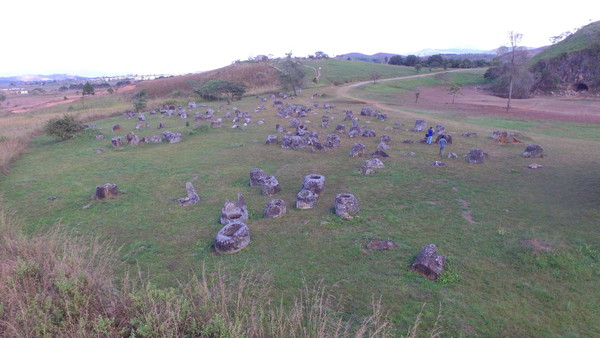Stresses Ambassador Songkane Luangmuninthone of Laos in Seoul in an interview with The Korea Post
By Executive Vice Chairman Choe Nam-suk, Managing Editor Kevin Lee
“We have one stop service for investors and favorable tax system. Laos can be used as a production base for Korean companies aiming to a bigger market in ASEAN, China and others,” said Ambassador Songkane Luangmuninthone of Laos in Seoul.
In an exclusive interview with The Korea Post media, Amb. Luangmuninthone said, “Lao government also supports green and renewable energy, we would like to welcome Korean companies to invest in Laos in the areas of energy, mining, infrastructure, agriculture, ICT, environment, education and healthcare.”
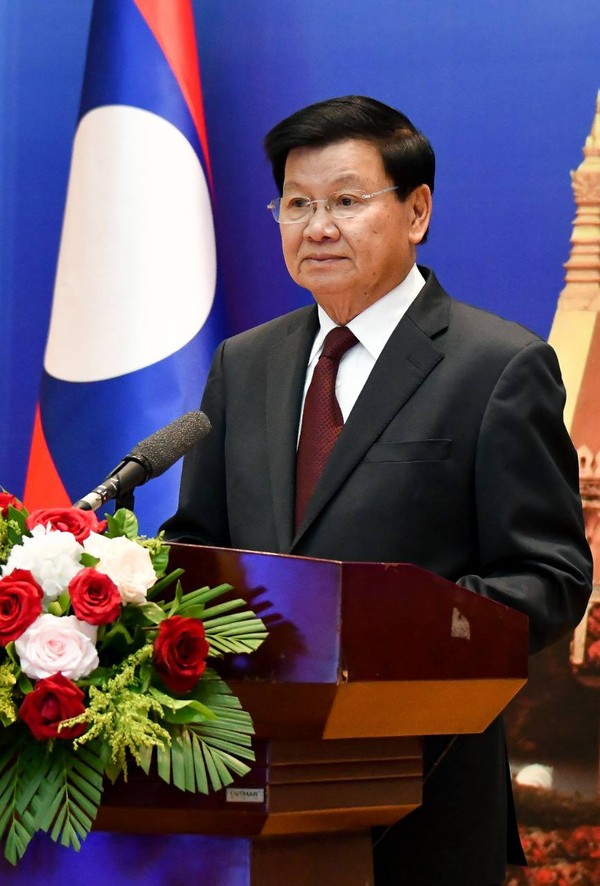
He also said, “Similarly, we would like Lao businessmen to invest in Korea in the area of the small owner of Lao food restaurant, massage, sauna, and other small business.”
The followings are excerpts from an interview with Ambassador Songkane Luangmuninthone of Laos in Seoul carried out by The Korea Post media, publisher of 3 English and 2 Korean-language news publications since 1985.
Question: Your Excellency as the Ambassador of your esteemed country perform the important role of a bridge between the two countries. Please introduce yourself in detail, including your career, family and hobbies.
Answer: I express appreciation for the opportunity to give interview to one of the most readable press in Korea and very honored to represent my country in the beautiful land of Korea.
I was born in a suburb in Vientiane, the capital of Lao People‟s Democratic Republic, in the first half of the sixties in the 20th century. It was the time that the war was still going on in the country that has caused both human and economic sufferings to our country and people. Laos is still continuing to suffer till today, especially the unexploded ordinances.

I witnessed the permanent peace with the Proclamation of the Lao People's Democratic on December 2, 1975. The date that Lao multi-ethnic people started to enjoy permanent peace, independence, democracy unity and prosperity after the century of sufferings under Siamese, French, and briefly under Japanese during the Second World War and new colonialism of America.
Early 80s studied international law in the former USSR and joined the Foreign Service in 1989.
More than 30 plus years at the Foreign Service, worked in Bangkok, New York, Japan and as Ambassador to the Philippines and as the current Ambassador to ROK.
Married and have 2 sons and one daughter. Play golf, walking and enjoy cooking during my free time.
During my term I will try my utmost to further strengthen and expand the friendly relations existing between Laos and Korea.

Q: Please introduce the latest news about Laos.
A: Before the Covid-19 pandemic, the economy had continued to grow with a GDP increased rate of 6.5% per year. But as any other country in the region and the world, the rate of our GDP growth has been slashed down due to the higher inflation rate, higher price of food and energy.
The two national agendas of our government are to address economic and financial difficulties and to tackle drug issues.
The government had adopted the 10-year Strategic Development Plan for 2016-2025, the Vision 2030, and the 9th NSEDP for 2021-2025, to graduate from LDC status by 2024, to become a self-reliant and an upper-middle income country by 2030.
The main target is that Lao PDR continues to enjoy firm political stability, social order, and security and at the same time to integrate our economy with international community, especially with the countries in the region.
The latest good news that I would like to inform is that since December 2021 we have started the operation of the high-speed railway (422 Kilometer-long) from Vientiane with Yunnan province of China. This has further expanded Laos's attractiveness for investment, tourism and our linkage with the regional economy.
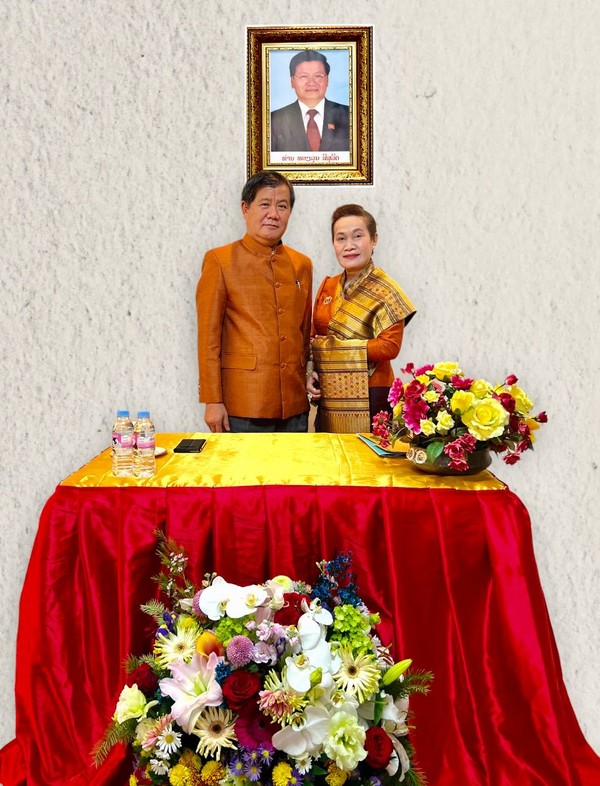
Q: What is the present volume of bilateral trade with Korea, its outlook in the next 12 months?
A: Bilateral trade cooperation between Lao PDR and the Republic of Korea started many decades ago. Various types of goods have been shifted on and off regularly with a massive amount slightly increases every year. On the Lao side, the National Chamber of Commerce and Industry and Department of Import and Export, Ministry of Industry and Commerce of the Laos PDR, have served the main role in dealing with import and export companies in Laos.
Bilateral trade between Lao PDR and ROK in 2021 was about 74 million USD; this amount remains synonymous with the previous year's figures.
Export from Laos to Korea amounted to 11 million USD, import from Korea amounted to 63 million USD. Last 3 years (2019-2021) trade volume reached 219 million USD.
Two countries have a small number of products. However, in the next 12 months, we would like to promote our bilateral trade to elevate the capacity of export from Laos on agricultural products such as coffee, rice, tropical fruits, vegetable, wood charcoal, wood, copper, etc.
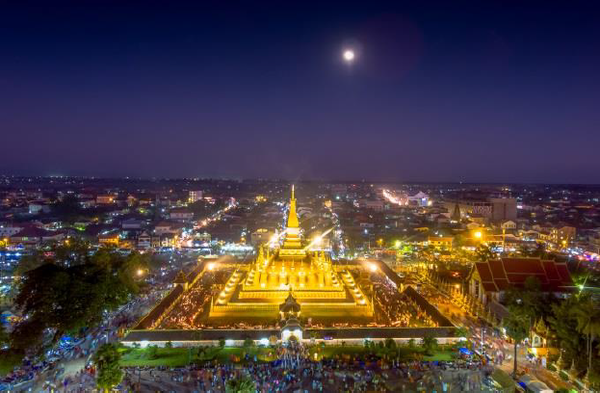
Q: What are the areas in your country where you want Korean companies to invest and what are the areas where you wish your businessmen to invest in Korea?
A: Laos is rich in natural resources such as forests, rivers, gold, silver, copper, lead, manganese, etc. Laos is also a party to the majority of sub-regional and regional FTAs, including AFTA, ASEAN plus FTA, and RCEP, and we enjoy MFN status from many developed countries, such as the United States and the European Union.
We have one stop service for investors and, favorable tax system. Laos can be used as a production base for Korean companies aiming to a bigger market in ASEAN, China and others.
Lao Government also supports green and renewable energy, we would like to welcome Korean companies to invest in Laos in the areas of energy, mining, infrastructure, agriculture, ICT, environment, education and healthcare.
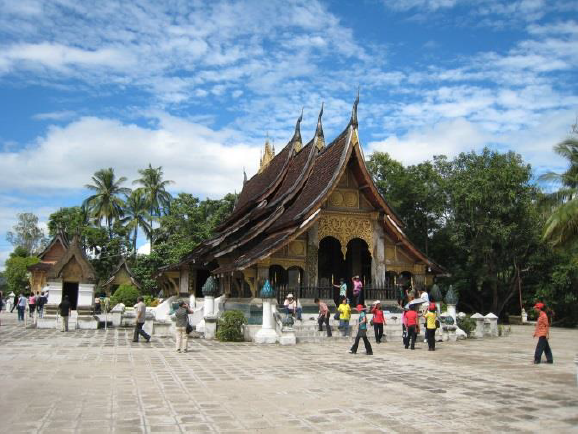
Similarly, we would like Lao businessmen to invest in Korea in the area of the small owner of Lao food restaurant, massage, sauna, and other small business.
Lao government also support the incentive by business sectors:
1. High and modern technology business, 2. Clean agriculture, 3. Agro and forestry processing industry, 4. Tourism development industry, 5. Education, 6. Healthcare, 7. Infrastructure, 8. Banking, micro-finance and 9. Modern commercial, Trading centers.
Incentive by zones including tax holiday and additional tax holiday:
one 1: tax holiday is 10 years and additional tax holiday 05 years. Zone 2: tax holiday is 04 years and additional tax holiday 03 years, and Zone 3: specified in SEZ Decree.
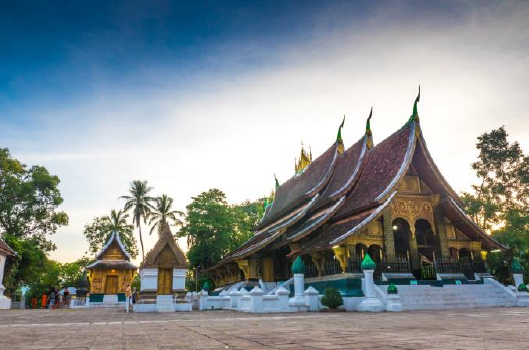
Q: What are your competitive products and/over services attractive to Korea? Who are the companies of your country exporting your products to Korea?
A: Even though more than 70 percent of the employment of the population is engaging in the agricultural sector, its qualities and productivity are very low with high vulnerability.
To improve these problems, the government of Laos is promoting the branding Laos “Made in Laos” to create competitive advantages products. Several products (possibilities could include tea, rice, coffee, tourism, spices, pepper, fruit, wooden furniture, silk, and clothing-among others).
With the most appropriate product development, existing or new branding, and a specialized sales structure, producers and enterprises will market those products to international consumers at premium prices and with much higher profit margins. All of this will be marketed under the “Lao brand”, an exceptional presentation featuring and also reinforcing the unique Lao culture with a credible, sustainable, and ethical appeal to wealthy but ethically-minded consumers.
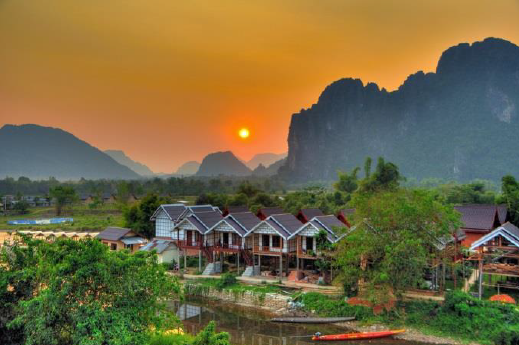
Q: What are the Korean products and services that your country might wish to important?
A: Recently, Korean products and services gaining more popularity among ASEAN Community, Laos is one of them that has been hit by the “Korean Wave”.
Though some existing Korean brands occupied the main portion of local customers' satisfaction like Kia, Hyundai, Samsung, and LG, local customers are also seeking other products related to the health and beauty sector, for instance, Korean cosmetic, healthy food, and drink, and plastic surgery facilities.
Moreover, as the number of Korean vehicles is increasing nowadays, particularly in the metropolitan city, it seems to be the spare parts are inadequate compared to the demand locally. The supplier is not able to deliver to the customers at a time.
There have been long waiting lists, sometimes taking almost 3 or 6 months, and the price is more costly than expected. Therefore, the competitiveness of this kind of product is needed in the local market. It is going to enhance the opportunities for other small businesses rather than monopolized by only a big company and create more options for local customers.

Q: Who are the major Korean companies actively engaged in bilateral economic cooperation between the two countries? Please introduce them in detail in the order of size and scale of business activities.
A: Big Korean chaebols are not as active in Laos compare to our neighbors such as in Vietnam and in Thailand.
However, there are some active Korean companies such as: - the Booyoung Group company established Booyoung - Lao Bank, golf clubs, hotels, and others - the Kolao Group company imports automobiles, electronic - furniture products, provides financial services, construction, - Korean Western Power, SK Engineering and Construction Company contributing to hydropower Dams development and other Korean companies.
These companies have played an important part to the local economy in term of paying taxes as well as hiring local people. Taking this opportunity to appreciate their contribution for their continued support to Laos.
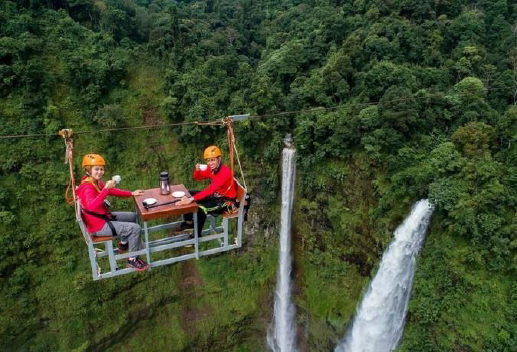
Q: Korean people, especially the up-and-coming Korean businessmen need rest and recuperation. What are your tourist attractions?
A: Laos is a multi-ethnic country with a long history of culture, customs, and tradition as well as rich in natural beauty so the Government of the Lao PDR focuses on the tourism industry, especially cultural and natural tourism with specific focus to have the local community participation as a way to increase their income.
In the last two years, before the Covid-19 pandemic, Laos received nearly 5 million tourists per year from Asia, Europe, and America which generate revenue of over 1 billion USD.
Before Covid-19, there are nearly 200,000 Korean tourists visited Laos. Lao Government’s 30 days visa exemption for Korean people provides convenience for Korean people to visit the Lao PDR.
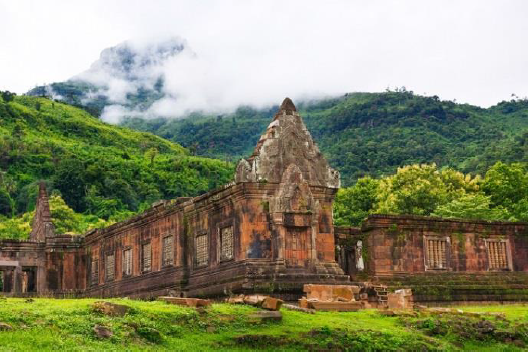
Laos has 3 UNESCO World heritage sites namely: the former royal capital LuangPrabang, the pre Angkor Wat structure called Wat Phou Champasack Temple, and the Mysterious Pain of Jars in Xiengkhuang Province.
These are the significant Archaeological, historical and natural values.
Additionally, Laos has so many cultural, historical, and natural tourist sites such as natural waterfalls, caves, mountains, and forests. The Lao government prioritizes green tourism and local community involvement.
We also have many golf courses, rock climbing, trekking or just to spend a night or two in a local ethnic people houses to familiarize with the way of living of various ethnic groups.
Lao food is also distinct in the sense that we eat a lot of vegetables, spicy food and sticky rice that Korean people once taste it will want to have it again.

Q: What are the most important festive days in your country? Please elaborate.
A: Laos celebrates many traditional festivals, the majority of the festivals are based on the Buddhist religion and follow the seasonal rice farming cycle.
I would like to introduce only the 3 most festive events: First Lao New Year or Pi Mai Lao is celebrated in the middle of April, before starting the rainy season. The Lao people celebrate on three distinct days, the first day being the last day of the old year, the people wash their house, clean the Buddha with sacred water and pour the perfumed water on each other means wishing for good health happiness, cleansing bad luck and bring good luck for the New Year, the second day is the day of no day means not an old year, not a new year, this a day for families to visit the temple, the third day is the last of Pi Mai marks the beginning of the year.
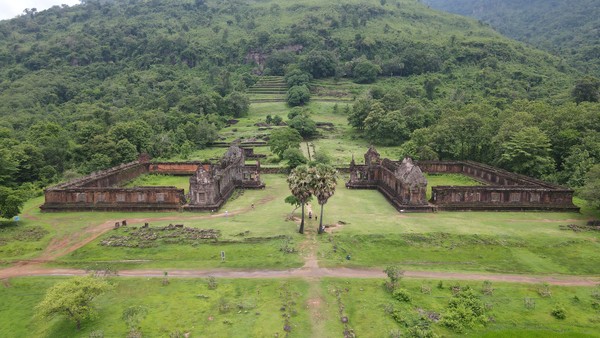
It is a day for families to be together and will perform the offering of food to monks or tak bard and organize Baci Ceremonies to receive blessings.
Second Boun Ock Phansa is celebrated in October as the end of the Buddhist lent festival. This festival is celebrated with boat racing. The boat racing means to respect the naga in the river and the Lao people come back into the Mekong after hard work time in the rice farm the year.
Third Boun That Luang or That Luang festival takes place every November over three days around the full moon. That Luang is the name of the stupa located in the center of Vientiane‟s Capital and is the national symbol of Laos. These days thousands of pilgrims gather at That Luang to give offering food to the monks, who come from all over Lao, follow by the trade pavilions and agricultural production Exhibitions.
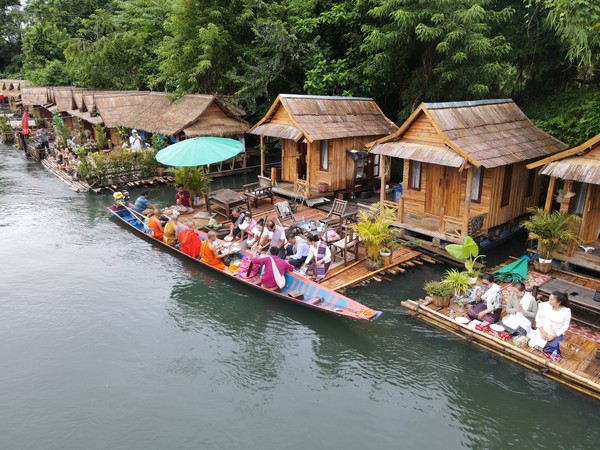
Q: Do you have Honorary Consul(s) in Korea? If yes, how are they contributing to the promotion of cooperation and friendship between the two countries?
A: Currently, in the Republic of Korea, we have several platforms to help the Embassy in promoting the economic and socio-cultural cooperation between Laos and Korea such as the ASEAN Cultural House in Busan (ACH), ASEAN-Korea Center (AKC) in Seoul, we also have 3 Honorary Consuls based in Busan, Daejeon, and Uijeongbu Cities.
In addition, we have very active associations and foundations that support the Lao PDR, namely Korea-Lao Friendship Association in Seoul (KLFA), the Lao cultural Center in Daegu, Lao-Korea Exchange Association in Daegu, Lao-Korea Exchange Foundation in Seoul, the Lao-Korean Parliamentary Friendship Group.
Those concerned organizations have actively contributed to enhancing not only the economic and cultural cooperation between our two nations but also sending donations in kind and goods to the Lao people in need. In the past years, various cultural exchanges were held in Korea, including Easy Access to Laos, Seoul Friendship Fair, and Seoul Friendship Festival; recently the ASEAN Week, ASEAN food exhibition, ASEAN Fashion Show, and ASEAN cultural performance organized this event by AKC.
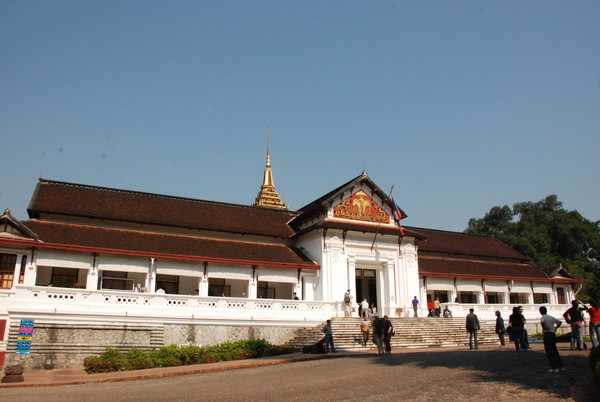
Q: Please add whatever other details that Your Excellency might consider to be important.
A: Lao people are still poor in term of economic opportunity, however we love to smile, being helpful, kind and sincere to anyone they meet.
The first greeting, in addition to saying “Sabaidee” Hello, we ask “Kin Khao Leo Bor” Have you eaten?
Lao government and people look forward to further expanding our friendly relations with Korean government under the leadership of President Yoon Suk-yeol and people.
As the newly arrived envoy, I will do my utmost to contribute to this noble cause for the benefits of our two people, for peace and development.
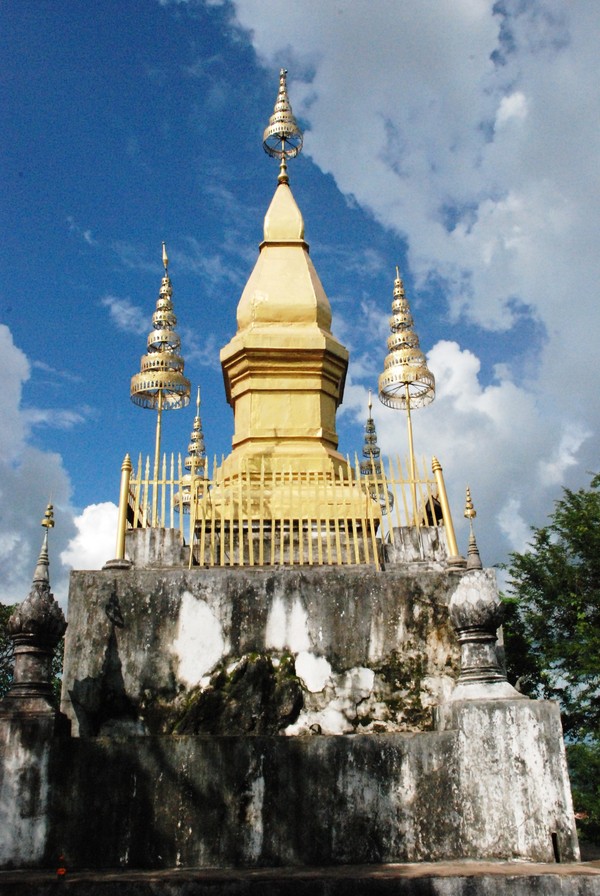
Publisher’s note:
The Lao People’s Democratic Republic is a great country to Korea and, together with her warm-hearted, friendly people of nearly eight million in number, Korea has an unfathomable degree of possibilities of cooperation with the country in the economic, social, political, cultural and various other areas.
Located at the center of the Indochinese Peninsula, the Lao People’s Democratic Republic is the only landlocked country in Southeast Asia, serving as a geopolitical hub connecting neighboring China with Southeast Asian countries such as Myanmar, Thailand, Cambodia, and Vietnam.
According to the Ministry of Foreign Affairs of the Republic of Korea and other related sources, about 70% of the country’s land is mountainous, and it has abundant rich natural tourism resources. About 70% of the people are Buddhists, and it is also a country with a calm and gentle smile that blends with the unique Buddhist atmosphere of each region.
Laos, who is making a great leap forward to progress and development, while implementing the 9th Economic and Social Development Plan (2021-2025) with the goal of graduating from the least developed country in 2026, is expected to assume the ASEAN chairmanship in 2024, and through this, the country is expected to take a leading role in the international community—as well as in Asia. It is expected to greatly elevate the status of the country.

Since the re-establishment of diplomatic relations in 1995, Korea and Laos have been strengthening cooperation in various fields, including politics, economy, development cooperation, and culture. After opening direct flights between the two countries in December 2011, the number of Koreans visiting Laos increased rapidly, with more than 200,000 visiting Laos in 2019.
The number of Korean national visitors, which has sharply decreased due to COVID-19, has recently been on the rise, and is expected to exceed the previous year's level sooner or later.
The interest and understanding of Korean culture and Korean products, such as Korean language, K-Pop, K-Contents, and Korean food, among the Lao people is increasing day by day. Korea is actively responding to this interest through events promoting Korean food and Korean products as well as Korean culture and Korean style.
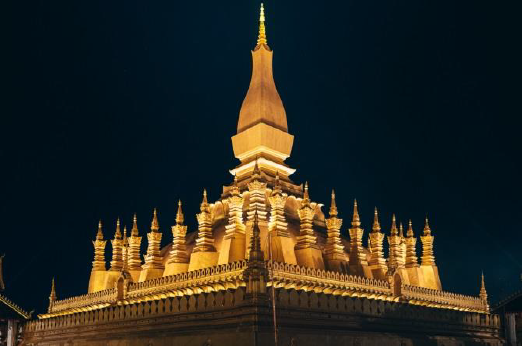
Korea is endeavoring to expand development cooperation with a focus on sustainable rural development in Laos, comprehensive health care for a healthier life, technology and higher education for a better future, and inclusive transportation that drives balanced growth.
Korea is also strengthening economic cooperation between the two countries by utilizing Laos' natural resources, such hydropower and minerals
Korea is making every effort to promote mutually beneficial and pragmatic cooperation through vitalization of people-to-people exchanges, including high-level exchanges between the two countries.
